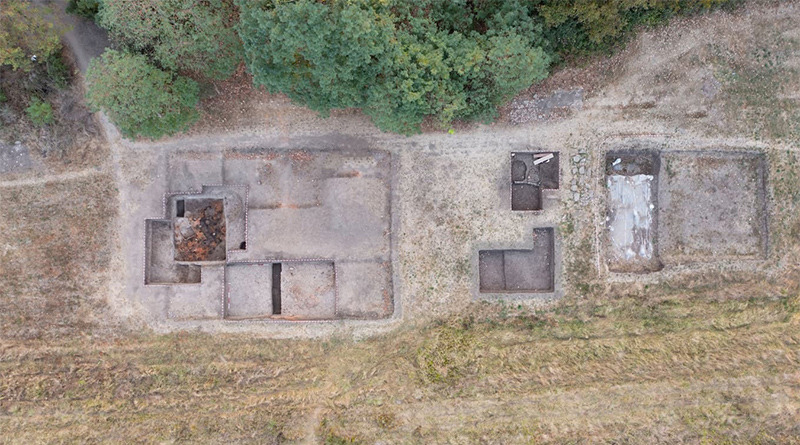Archaeologists have unearthed the remains of an 8,000-year-old house made of “wattle and daub” in combination with wooden posts in Serbia—one of a number of such structures in the Balkans indicating the antiquity of European civilization, predating comparable developments elsewhere in the world by thousands of years.

According to a report by the Österreichische Akademie der Wissenschaften (ÖAW, “Austrian Academy of Sciences”), whose researchers discovered the dwelling in Svinjarička Čuka, Serbia, the building’s preservation can be explained by the fact that it was struck by a fire. “The partially collapsed and burned architectural elements covered the floors inside the house as well as artifacts, tools, and scattered vessels in the presumed outdoor area,” the ÖAW statement said.
The dwelling contains evidence that its inhabitants were storing food, such as grain and seeds, indicating the presence of stable, settled communities rather than nomadic tribes.
These finds have been attributed to the Starčevo culture, one of the earliest Neolithic cultures in Serbia and the wider Balkans. The Starčevo culture is known for introducing agriculture and the domestication of animals to the region, alongside the establishment of small, semi-permanent villages.
* The oldest known house in Europe is the Knap of Howar, located on the island of Papa Westray in Orkney, Scotland. Radiocarbon dating indicates that this Neolithic farmstead was occupied from approximately 3700 BC to 2800 BC. In Bulgaria, the Neolithic Dwellings Museum in Stara Zagora houses two exceptionally well-preserved double-story Neolithic houses dating back to circa 6000 BC.